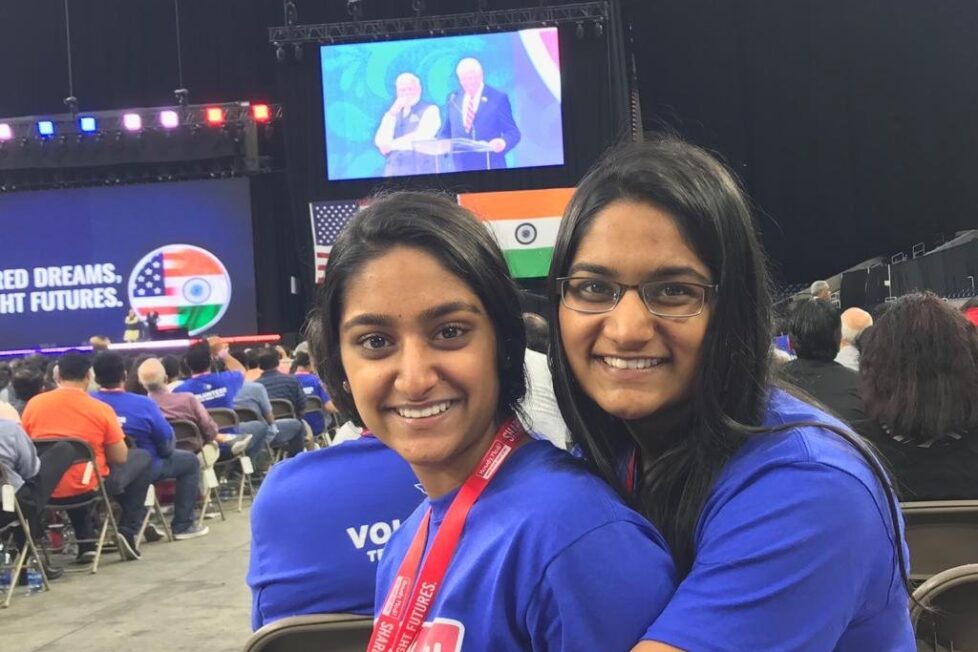Being An Indian Kid In America


Born in Latin America, my cousins and distant family from India have always teasingly referred to me as a “foreigner”. Just like any kid, I was hurt. My pain wasn’t because I was referred to as an outcast but more because I had felt like one. Simple things such as jokes or conversations were always difficult for me to understand. It wasn’t until my parents explained to me that being called a foreigner doesn’t matter so long as you know who you are in your heart.
It wasn’t until I moved to America in fourth grade when I experienced my first racist encounter. Already scared and new to my surroundings I remember waiting in the classroom. Finally, after the long agonizing wait, a group of boys came by. The first thing I hear from a boy pointing to his friend next to him in crutches is, “ This is Ryan. He is hurt”. His tone was slow and concise. The color of my skin made him assume I didn’t know English. However, I found out the reason for his actions years later. Making friends was never hard for me. That all changed as well. I remember not knowing any of the pop songs that kids listened to, leading me to force my parents to turn on the radio every time we were in the car. I never shared my playlist with anyone for it wasn’t English pop music, never spoke in Hindi outside my house, and of course, my food at school was always stared at along with kids blocking their noses.
Stereotypes are often what xenophobic people use as arguments to back up their opinions. According to recent reports by the “Communities on Fire” by Washington, DC-based South Asian Americans Leading Together, hate crimes against Indian Americans and other South Asian Americans were recorded as 45% from November 8th, 2016 to November 7, 2017. Of the 302 incidents during the time, 213 of them were physically or verbally abused.
In society, it has gotten to a point where making racist comments as a joke is justifiable. “You are pretty for an Indian.” or the most common one “You are Indian so you’re smart.” These stereotypes not only come from other races but also our own race. Why? Why do we say those things? Sadly it’s just as simple as wanting to fit in. Only till my freshman year of high school had I finally found an Indian community. It may not seem as a big deal but for me it was. I was able to create a group of friends who were going through the same problems as me and allowing me to normalize my culture. It made me open my eyes and see that being brown should be embraced and is often a misinterpretation to others. Furthermore, it made me see that the American school system textbooks do a terrible job of information about Indians- specifically the caste system.
For many Indian Americans, an identity crisis is an ongoing issue. Being away from India for my whole life has left me feeling in between my Indian heritage as well as American culture, not one or the other but a mix of both. This idea can often be confusing and make many feel incomplete. Many teens feel shy and awkward to talk about their culture or life at home. Unfortunately, this leads them to grow up without this amazing experience. The food, music, dance, and the variety of languages in India are what makes Indians stand out. Sadly, what we hide is what many other cultures long to experience.
Cultural appreciation should be normalized. Teens should feel safe and comfortable talking about their countries. Even if you may not be born there, as immigrants, we must keep our traditions alive. We must educate not only our community but also other races while being open to theirs. This all starts with being educated in your own culture. It’s so important to teach our future generations about our true traditions for it is the only way to live on. Change starts with one person. It isn’t what other people make you, it’s how you yourself think of yourself. Who do you want to be known as? “Identity was partly heritage, partly upbringing but mostly, the choices you make in life” – Patricia Bran.
DISCLAIMER: The author is solely responsible for the views expressed in this article. The author carries the responsibility for citing and/or licensing of images utilized within the text.
